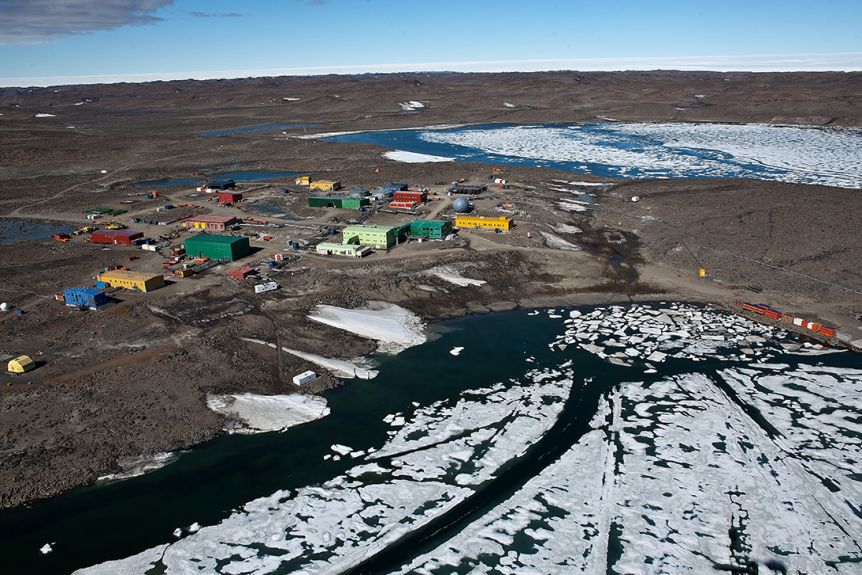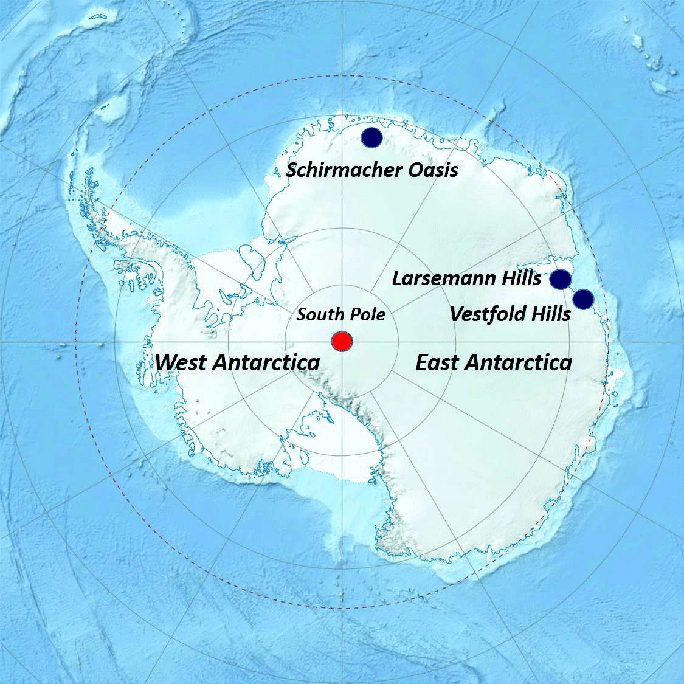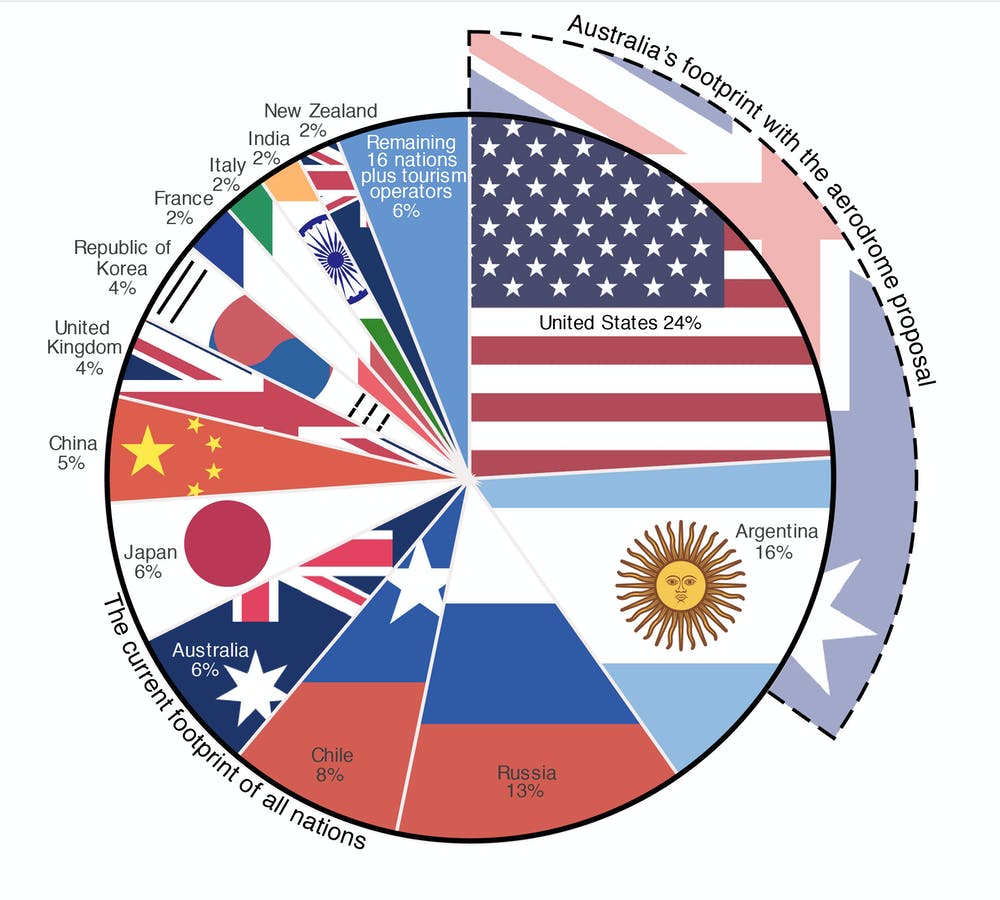
Vast, untouched, pristine, frigid; these are a few words that come to mind for me when picturing Antarctica. I’ve always thought of it as the last frontier on Earth, where nature is still the dominating force and human presence is minimal and restricted. Human presence in Antarctica isn’t new, but a controversial new development proposal is on the horizon.
Australia has proposed building a year-round concrete runway in order to provide greater access for research scientists. The Australian Antarctic Division (AAD) has argued that the runway will enable scientists to study wildlife and the effects of sea-level rise due to climate change throughout the year without interruption due to seasonal closure. The 2.7-kilometer (1.67-mile) runway would be built near Davis Station, one of 3 Australian bases in Antarctica that opened in 1957, near the Vestfold Hills. It would be the largest construction project in the continent’s history and be the first concrete runway in Antarctica.

Australia has long been an advocate for environmental stewardship in Antarctica, but this seems to be going against its values. If approved, the project would push Australia over the U.S as the country with the largest footprint on the continent and create some potentially irreversible environmental consequences. Over 3 million cubic meters of earthwork would need to be completed, consisting of leveling hills, valleys, and lakes, and disturbing native species of plants and animals. Antarctica is also one of the windiest places on Earth, and moving that much earth could potentially cause dust and debris to do unknown damage to the surrounding plants and animals. Heavy machinery, aircraft, and workers would need to be brought in, with consequences such as pollution, noise, stress, and more on the surrounding environment.
While Antarctica is its own continent, several countries lay claim to portions of its landmass. The U.S, Australia, Argentina, Russia, and Chile, among many other countries, are the 5 countries that claim almost 67% of Antarctica. Development has been limited to bases and research stations as the majority of the continent is inaccessible most of the year due to harsh and unpredictable weather. As the environment changes and access becomes easier to the continent, more and more countries are trying to stake their claim and assert their influence in the region. Hopefully, Australia and all countries vying for influence in Antarctica can come together to develop and promote a sustainable road map for the future of the continent.
